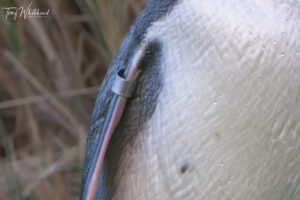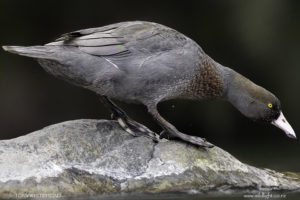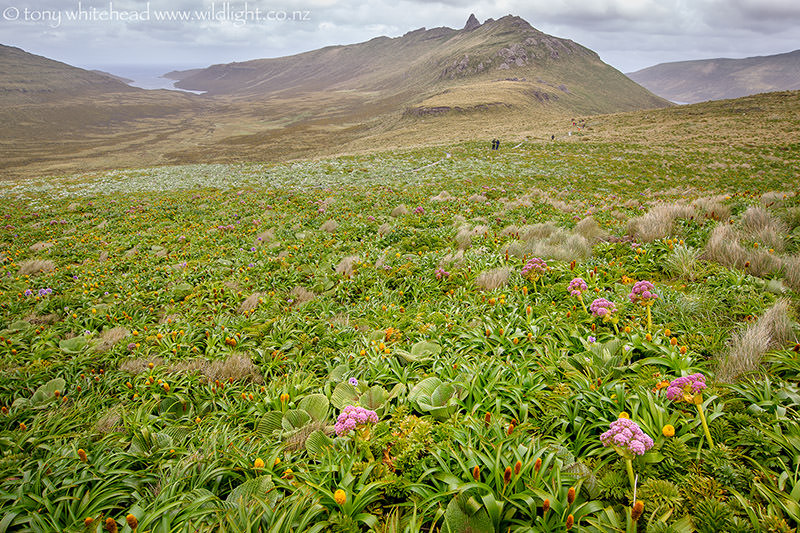
The words “Campbell Island” immediately flash the associations “albatross” and “megaherbs”. For me the Albatross were the draw and, while I had looked forward to seeing the megaherbs first hand, I hadn’t really been excited by the prospect. I’m happy to acknowledge that this was simply a bias and prejudice born from my long term love for zoology over botany and am equally happy to confess to being completely blown away by the incredible beauty of the lush natural gardens we encountered. I should have learned from my lesson years ago, when having headed to Cairns to dive the Great Barrier Reef, we came home happy to have seen the reef but in love with the unexpected treasure of the Daintree Rainforest with its river and birds. Maybe I’m just a slow learner!
The megaherbs were enough to distract me from the Albatrosses for a while and partially motivated the choice to return to the Col Lyall boardwalk a second time rather than take on a day hike to Northwest Bay. Last week I alluded to my love of tussock as an environment and the combination with wind sculpted Dracophyllum is gorgeous but they both evoke feelings of toughness and almost roughness well described by the name Dracophyllum (Dragon leaf). The megaherbs on the other hand can be best described as lush with dense plantings of generously sized leaves and flamboyant flowers that a Botanical Garden would be hard-pressed to emulate.
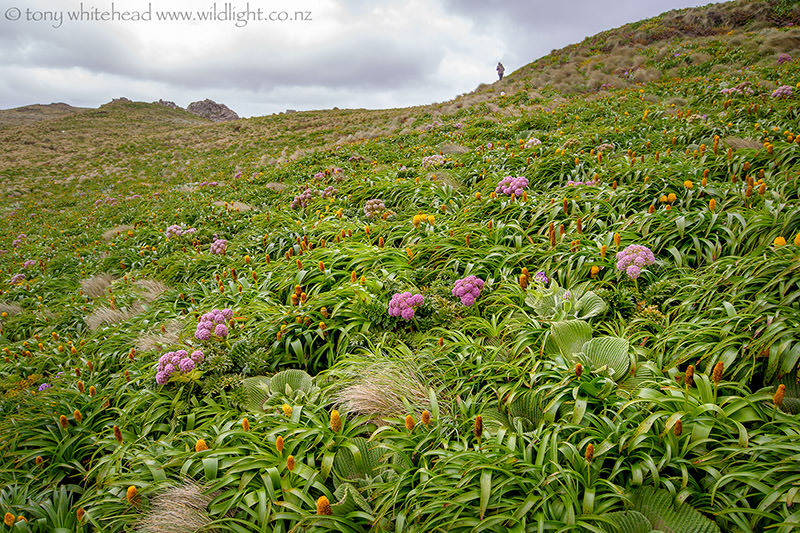
The most abundant were the Ross Lily (Bulbinella rossii) which we had first encountered on Enderby Island and whose golden flowers thrust up everywhere amongst the tussock.
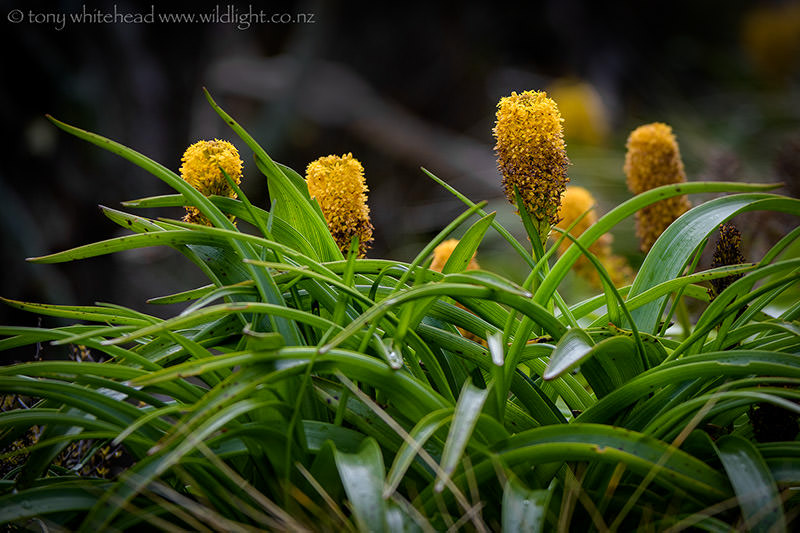
Our other Enderby Island megaherb, the giant Campbell Island Carrot, Anisotome latifolia, was also present but less abundant than it had been on the Auckland Islands.
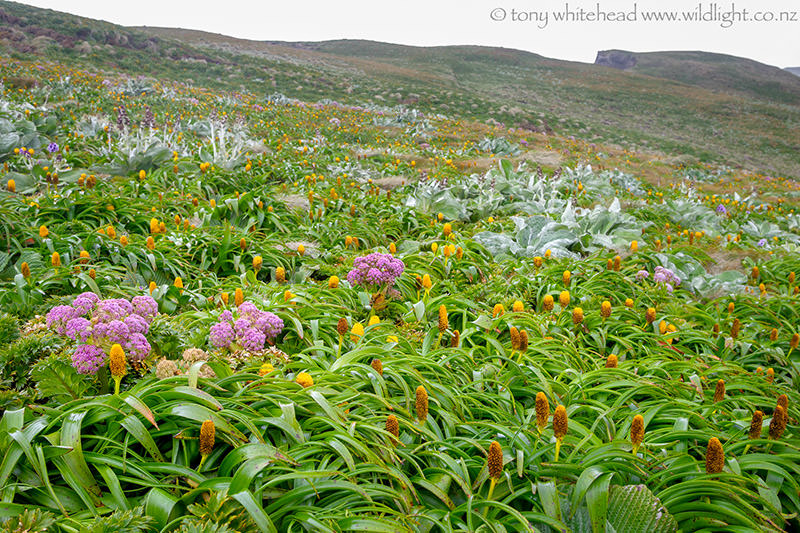
The two daisies ( Pleurophyllum speciosum and P. hookerii) were less common until we got higher up toward the Col Lyall saddle and especially just below the Col where there was dense garden which had almost pushed the tussock out completely. While belonging to the same genus they look quite different. The Campbell Island Daisy (Pleurophyllum speciosum) has a typical Asteraceae (Compositae) flower with a composite flower head rimmed with ray florets bearing lingules (petals) surrounding the disc florets. The Silver-leafed Daisy (Pleurophyllum hookeri) dispenses with the lingules leaving the button-like flower heads which look quite alien.
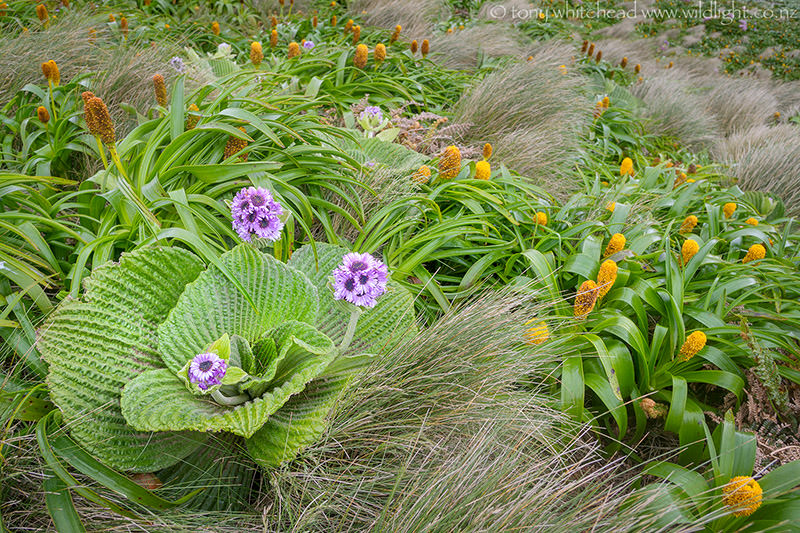
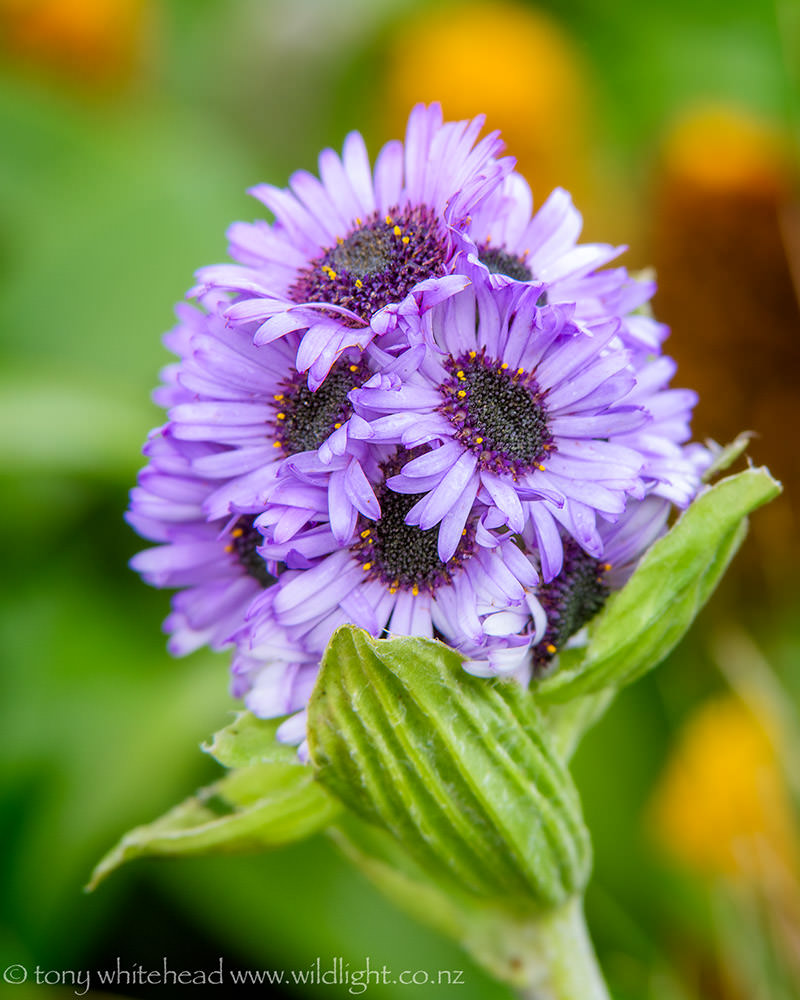
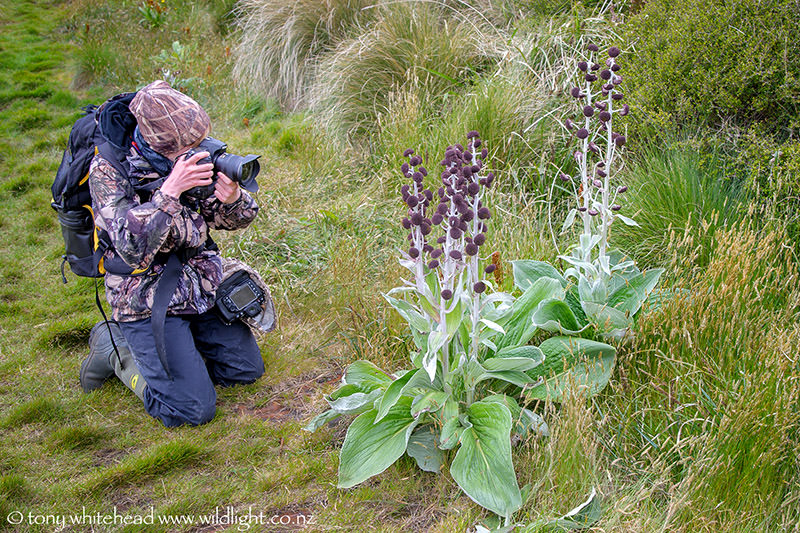
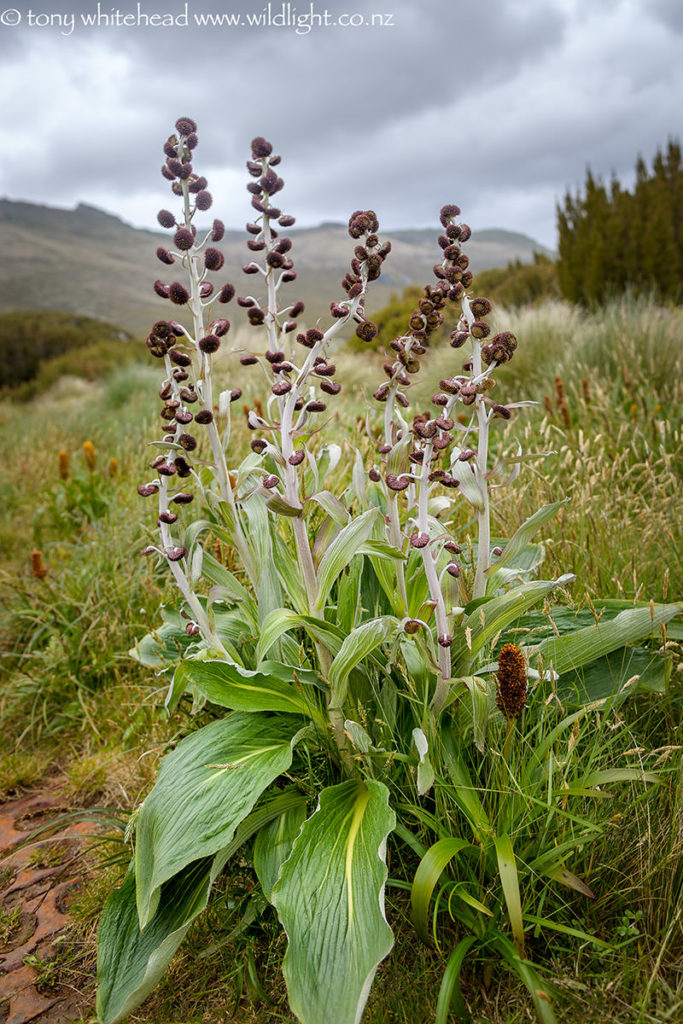
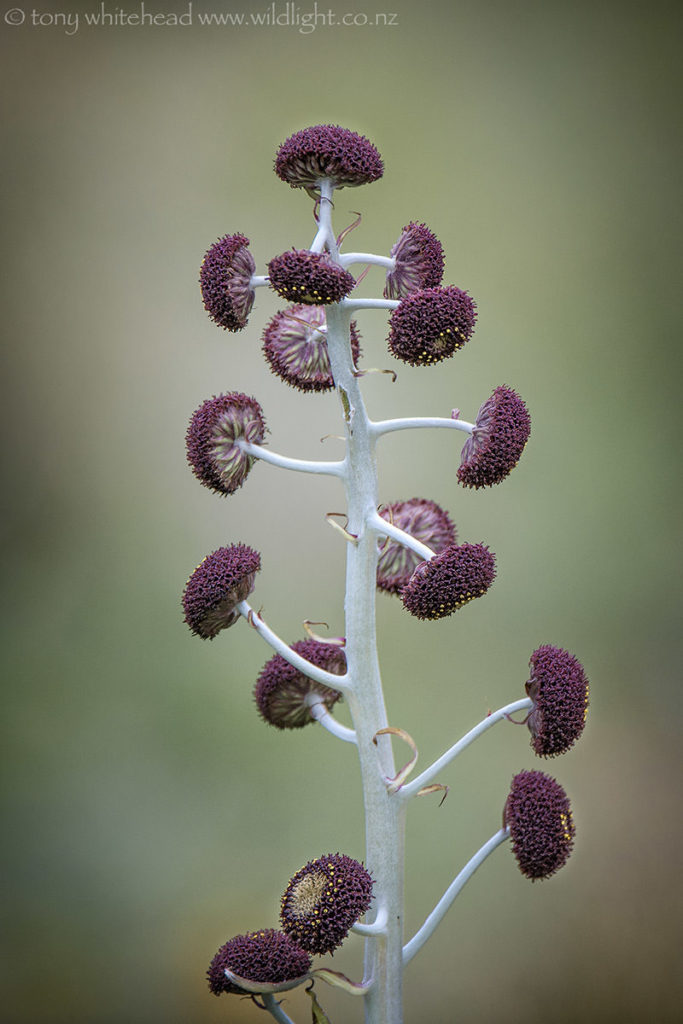
Having gone to Campbell Island for the Albatrosses, I came away with a new awareness of the botany and an unexpected fascination with these magnificent plants. This was in no small part due to the excellent presentations by our Heritage Expeditions leader, Dr. Alex Fergus, who as a trained botanist had spent time on Campbell Island as part of the Bicentennial Expedition in 2010. His knowledge and enthusiasm was quite infectious and gave me a much broader view of the gems of this Subantarctic jewel.
For a detailed map of Campbell Island see this page on The Encyclopaedia of New Zealand
Photos with Nikon D810 and Nikon 200-400mm f4 VR lens or Nikon D3s and 18-35mm f3.5-4.5 or 24-120mm f4 VR lens.
